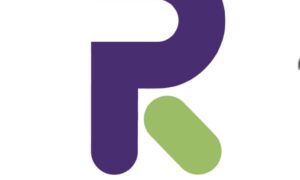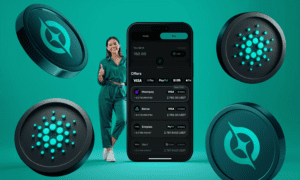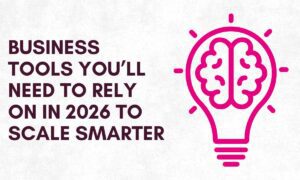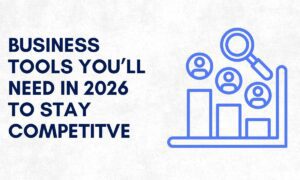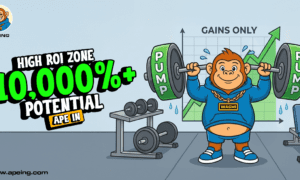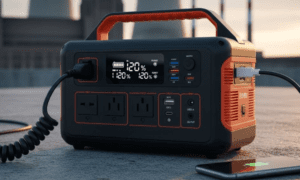In the ever-evolving world of content creation, audio and visual storytelling are no longer separate entities. The rise of video podcasts and strategic podcast distribution is changing the game for creators and listeners alike. Whether you’re just starting your podcasting journey or looking to expand your audience reach, understanding these two crucial elements can significantly impact your success. In this blog, we’ll explore what video podcasts are, why they matter, and how effective podcast distribution amplifies your content—especially when hosted on platforms like Hubhopper.
What Is a Video Podcast
Traditionally, a podcast was an audio-first format—focused on spoken word, interviews, and storytelling. But as audience preferences shift, video podcasts have emerged as a powerful tool for engaging viewers on a deeper level. A video podcast simply combines the audio of a traditional podcast with visual content—be it a full recording of the host speaking, screen-sharing, animations, or behind-the-scenes footage.
The visual component not only enhances storytelling but also helps in building a stronger connection with your audience. On platforms like YouTube, Instagram, and even Spotify (which now supports video), creators are finding greater traction and higher engagement by adding a visual layer to their audio content.
Why Are Video Podcasts Gaining Popularity
Several reasons explain why video podcasts are on the rise:
- Higher Engagement
Visuals help retain viewer attention longer than audio alone. When audiences can see facial expressions, body language, or product demonstrations, they are more likely to stay engaged. - Better Discoverability
Platforms like YouTube and TikTok prioritize video content. Sharing clips or highlights from your podcast episode can increase your reach, especially when optimized for search. - Monetization Opportunities
With video content, podcasters can tap into advertising revenue through platforms like YouTube, in addition to traditional podcast sponsorships. - Branding & Personality
A video podcast lets you build your personal or business brand visually. Your backdrop, dress, and on-screen graphics all contribute to your podcast’s identity.
How to Start a Video Podcast
If you’re considering launching a video podcast, here are a few simple steps to get started:
- Choose the Right Equipment
A good-quality camera, microphone, and lighting setup are essential. You don’t need to start with professional gear—a smartphone and ring light can work well for beginners. - Plan Your Format
Decide whether you’ll record in a studio, at home, or remotely. Will your video podcast include interviews, solo commentary, or panel discussions? - Edit for Clarity
Use video editing tools to add intros, lower thirds, transitions, and call-to-action graphics. This adds professionalism and structure to your content. - Publish on the Right Platforms
Alongside audio streaming platforms, upload your video episodes to YouTube or your website to widen your reach.
The Role of Podcast Distribution in Your Success
Creating quality content is just half the battle. For your podcast to be heard and seen, effective podcast distribution is critical. Podcast distribution refers to the process of getting your podcast published across multiple platforms where listeners can find and subscribe to it—such as Spotify, Apple Podcasts, Amazon Music, Gaana, and more.
Why Podcast Distribution Matters
- Audience Reach
Not everyone listens on the same platform. By distributing across all major podcast directories, you ensure your content is accessible to a wider audience. - SEO & Discoverability
The more platforms your podcast appears on, the more searchable it becomes. This can help you grow organically without relying solely on paid promotions. - Performance Analytics
Platforms like Hubhopper offer built-in analytics to track where your listeners are coming from, how long they’re staying, and which episodes perform best. This data is crucial for refining your strategy. - Syndication Without the Stress
Distributing manually to every platform can be time-consuming. That’s where hosting platforms like Hubhopper shine—they offer automated distribution to major podcast directories with a single click.
How Hubhopper Makes Podcast Distribution Seamless
Hubhopper is one of India’s leading podcast hosting and distribution platforms, offering a suite of tools for both beginners and professional creators. Here’s how Hubhopper simplifies podcast distribution:
- One-Click Distribution:
With Hubhopper, your podcast can be automatically distributed to Spotify, Google Podcasts, Amazon Music, Gaana, and other major platforms. - Free Hosting:
You can host your podcast for free with unlimited episodes and storage, making it a great option for creators just starting out. - Customizable Player & Website Integration:
Easily embed your podcast on your website or blog to boost visibility and listener convenience. - Real-Time Analytics:
Gain insights into episode performance, listener demographics, and preferred platforms.
Best Practices for Combining Video Podcasting and Distribution
To truly maximize your podcast’s reach and impact, it’s important to combine both video content and wide distribution. Here’s how:
- Repurpose Content Strategically
Take short, engaging clips from your video podcast and share them on social media to drive traffic to the full episode. - Optimize Titles and Descriptions
Use SEO-friendly titles and include your primary keywords like “video podcast” and “podcast distribution” in your metadata to increase visibility. - Use Thumbnails and Visual Branding
On platforms like YouTube, an eye-catching thumbnail can dramatically improve click-through rates. - Stay Consistent Across Channels
Maintain a consistent publishing schedule across all distribution platforms to build audience loyalty.
Final Thoughts
The future of podcasting lies in video podcasting and efficient podcast distribution. These elements not only broaden your audience but also elevate the quality and impact of your content. Platforms like Hubhopper are making it easier than ever to launch, manage, and scale your podcast with minimal technical barriers.
Whether you’re a content creator, educator, or business owner, integrating video elements and distributing your podcast smartly can turn your message into a movement.
So, if you’re ready to level up your podcasting journey, explore Hubhopper today and start creating content that truly resonates—both in sound and sight.
.




